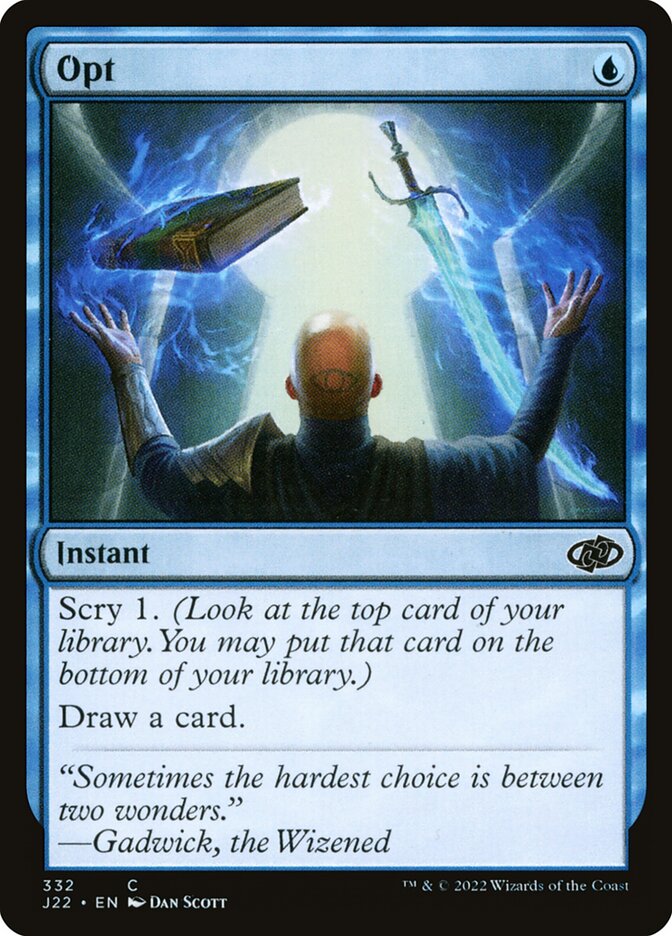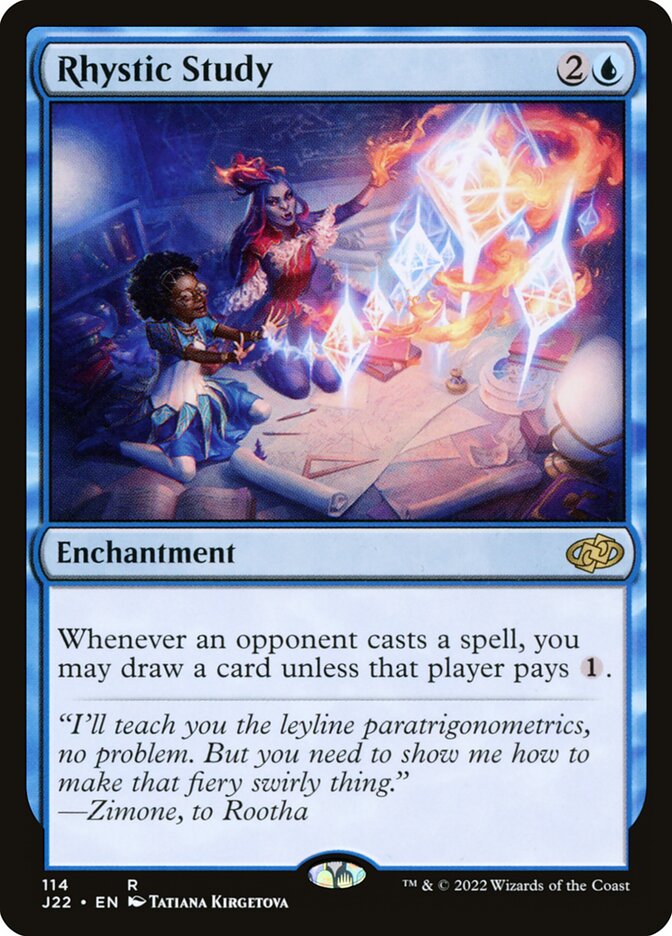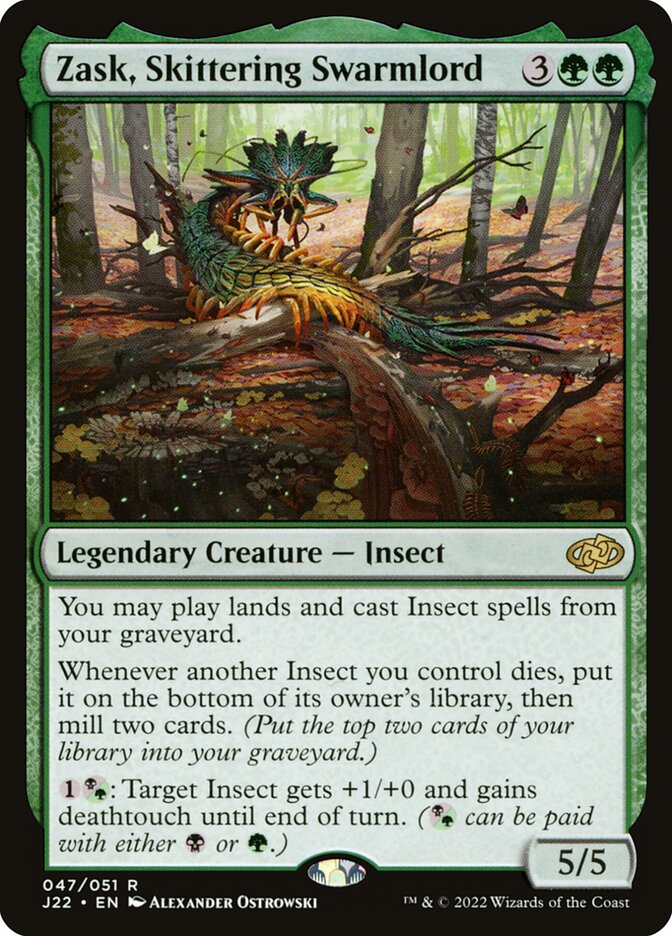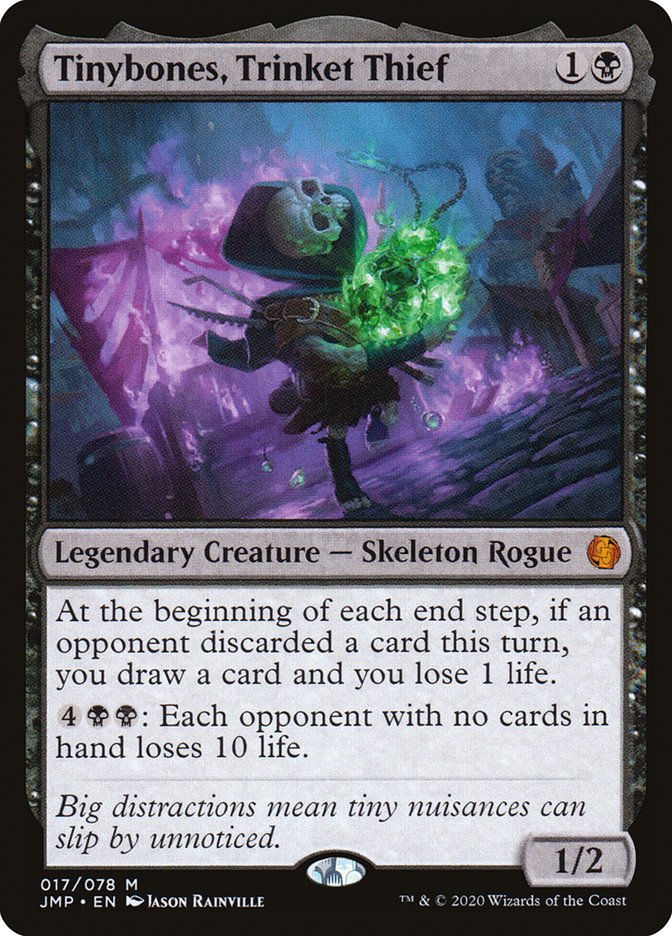Not that long ago, I wrote about why you should care about Tiny Leaders. In that article, I discussed what makes the format interesting, unique, and ultimately- Important. Formats are the crux of how we interact with Magic. A format sets the card pool, deck building constraints, and even the core rules like our hand size or how much life we begin at. Discussing a match of Magic comes with the prefix of figuring out what format everyone is playing, and when you play regularly with a group, there may only be one format played. So, why should we care about formats we don’t play?


Jumpstart is a format that is marketed towards newer players. The idea is simple- you pick two packs of 20 sealed cards and mash them together to get your 40-card deck. Each pack is built around different colors and themes, such as Goblins, Flying or Phyrexia. For new players, this is a great starting point. There is no deckbuilding or ratios to worry about. You just play what you have. Jumpstart, when viewed like this, is less like Magic and more like a board game… which is how the community came to interact with it. Players built their own jumpstart packs, and this led to Jumpstart being a bit of its own thing. It’s an entry point, but also a way for collectors and casual fans to express themselves. Jumpstart packs don’t have to be balanced against each other, like how a cube might be. Anyone could make a Jumpstart pack and the more streamlined, direct-to-playing, style works to bring new players into Magic and as a simple store format for more casual Magic fans.


But, that’s only looking at Jumpstart from one perspective. For more seasoned players, Jumpstart doesn't offer much from a gameplay angle. It lacks the complexity of Sealed or the interaction of Draft. But, Jumpstart still provides for those that don’t even play with the format. Jumpstart offers valuable reprints and a space to print highly flavor-rich or unique designs. Without a Draft to worry about, strange designs can be printed at large availability and enable R&D to give us a more unique playspace. The reprints in Jumpstart also help keep the price of other, more prohibitive formats down, such as the well-needed Rystic Studies reprint in Jumpstart 2020. The format doesn't just bring new players into Magic, but new cards and reprints to keep the game healthier in multiple ways. In addition, Jumpstart tends to be less disruptive than Modern Masters or other direct-to-print sets due to the wide variety of cards and the target fanbase being a newer crowd.


So… why do we care about Jumpstart? It’s a vital part of two concepts that keeps Magic alive: It creates more cards to play with, and more players to play with. Of course, every release keeps adding more cards both in terms of supply and in terms of new concepts, but Jumpstart is unique in its freedom to print whatever under the themes it sets. Needed reprints can be in the same set as evocative cards from all over Magic’s history, right next to introductory commons that teach new players aspects of the game. There’s an unparalleled flexibility in the cards reminiscent of prior Core sets. And like prior core sets, Jumpstart helps get new people playing the game with minimal barriers to entry. Two packs get a deck ready to go, and packs can be saved, re-used, or remixed. The most popular reusable pack from Burger Tokens was out of stock a week after the first Jumpstart set released- that shows there’s a market for people to have these quick and easy packs on hand and ready. In an era of Booster Fun, Jumpstart is definitely one of the healthiest results of Wizards’ experimentation.










